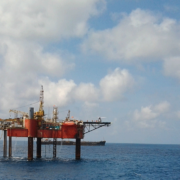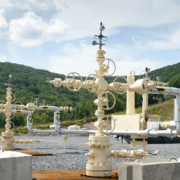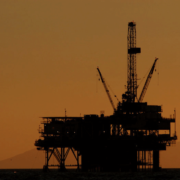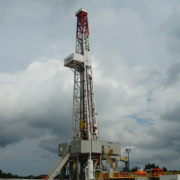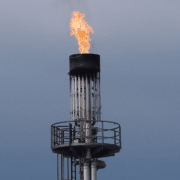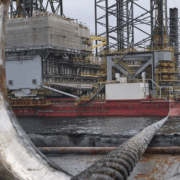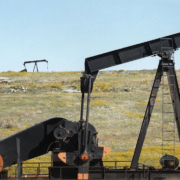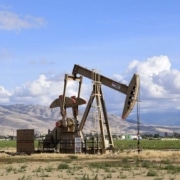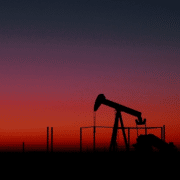A New Oil Supercycle Is Beginning? The world’s biggest names in oil trading and analyzing can’t seem to get on the same page when it comes to predicting what will happen next for the volatile commodity.
Some, like Jeffrey Currie of Goldman Sachs and Christyan Malek of JPMorgan, according to the Financial Times, are confident that oil is ready for the next supercycle—a prolonged rise in the price of oil.
And when they refer to this rise, they’re talking $80, or even $100 per barrel.
What Do Others Say?
Others, like oil analyst Arjun Murti who correctly predicted the last $100+ per barrel achievement seen between 2008 and 2014, say that talk of this next supercycle may be a bit hasty.
For Malek, he sees a situation where demand outstrips supply, before “we don’t need it in the years to come.”
The reason for supercycle predictions is simple: stimulus packages. Most notably the stimulus package that the U.S. government is expected to roll out, are expected to boost consumption.
And according to Currie, this stimulus will create a “significant, commodity-intensive consumption”. This is as the stimulus package is mostly targeting lower and middle-income households.
“These people don’t drive Teslas,” Currie explained. “They drive SUVs”.
Murti, on the other hand, thinks that if oil demand were to increase by half a million barrels per day. That is over the next year. This means it wouldn’t be enough to outstrip supply.
Click here to read the full article.
Source: Oil Price
If you have further inquiries on facts about oil, feel free to reach out to us here.

